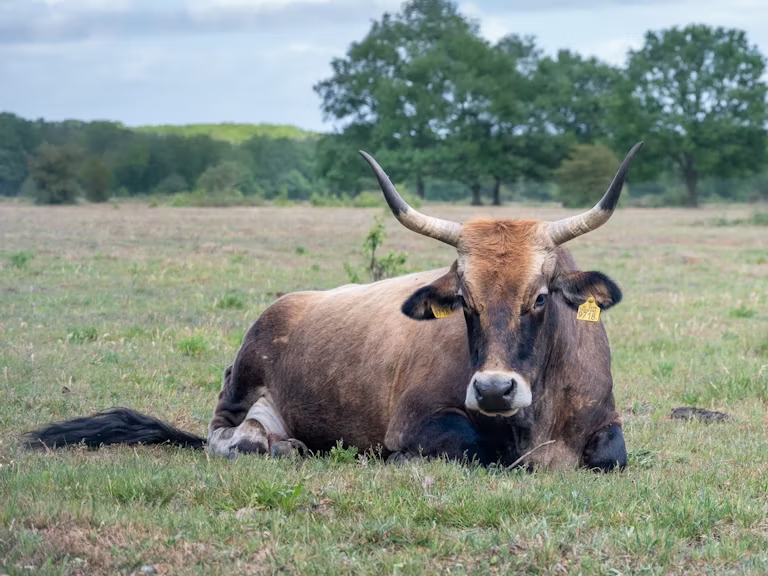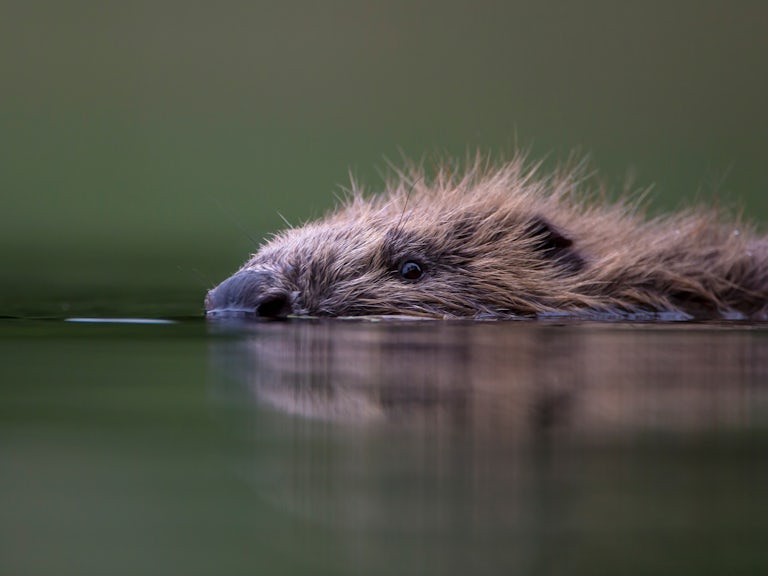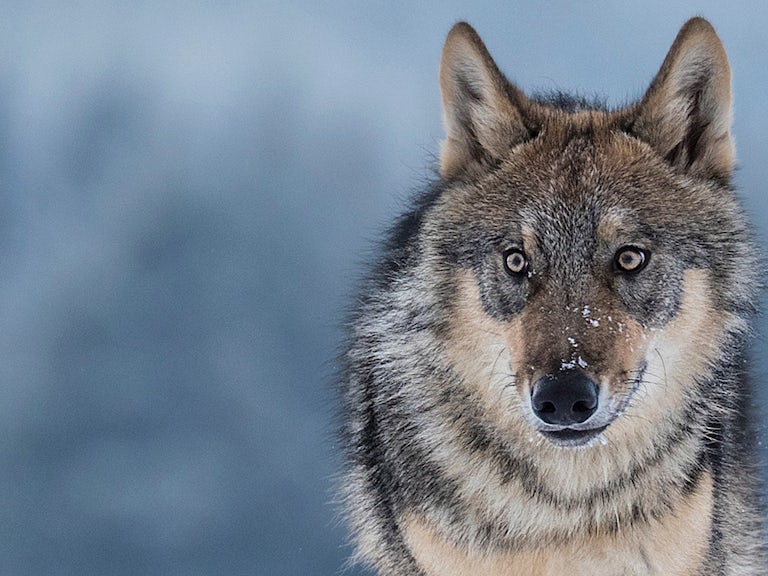Elk
Alces alces
A woodland forager and wetland grazer, the mighty elk is a major shaper of landscapes
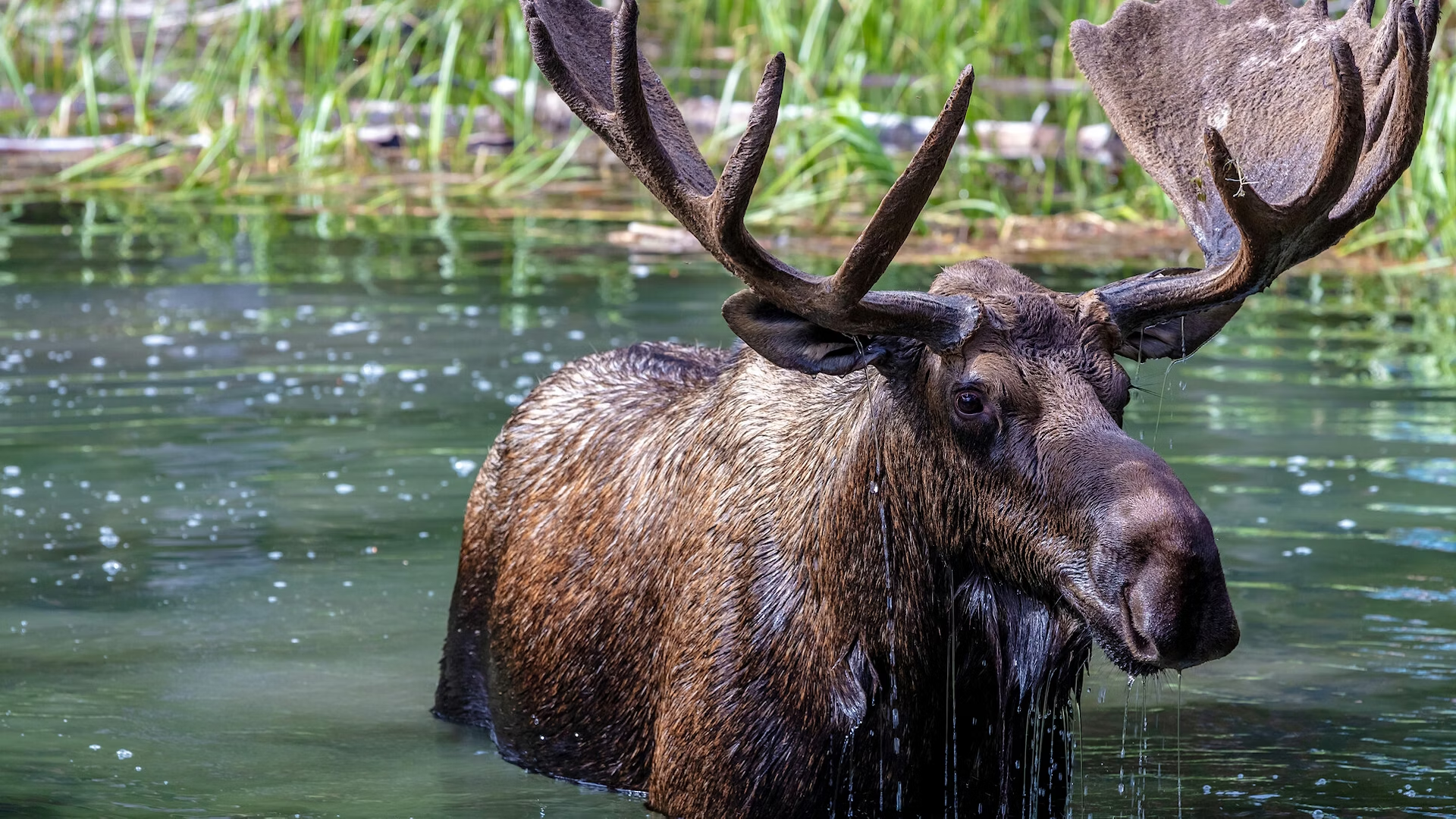
How it shapes the landscape
The elk is a major ecosystem engineer. Like its smaller cousin, the red deer, it influences the natural regeneration of shrubs and trees. Their nibbling of herbs and the leafy components of shrubs and young tree seedlings helps promote natural regeneration. Their grazing and trampling helps to maintain open clearings.
Where it likes to be
Elk occupy a wide geographical and altitudinal range from sea level to at least 1,500 metres. They love the moister parts of deciduous and coniferous forests, and freshwater wetlands. They select leaves of birch, ash and willows in spring and summer, and browse twigs of various trees and dwarf shrubs in autumn and winter. Elk close their nostrils to submerge completely underwater for feeding. Submerged vegetation provides a higher proportion of the elk’s diet than it does for the hippopotamus.
How much space they need
When settled, elk occupy a home range of several square kilometres to several hundred, depending on food availability. Their population size is regulated largely by wolf predation and quality of habitat, particularly the availability of food. They undertake seasonal migrations of tens or hundreds of kilometres in some parts of its northern European range.
Background story
Closely related to the North American moose, this enormous semi-amphibious deer went extinct in Britain around 2,000 to 3,000 years ago. Over-hunting across Europe in the 18th and 19th centuries caused substantial population declines and range loss, but the Eurasian elk survived to be the largest living deer now in existence. It’s widespread in Scandinavia and Poland and is slowly moving west. There are now around 50 elk in the Oder Delta on the Polish/German border.
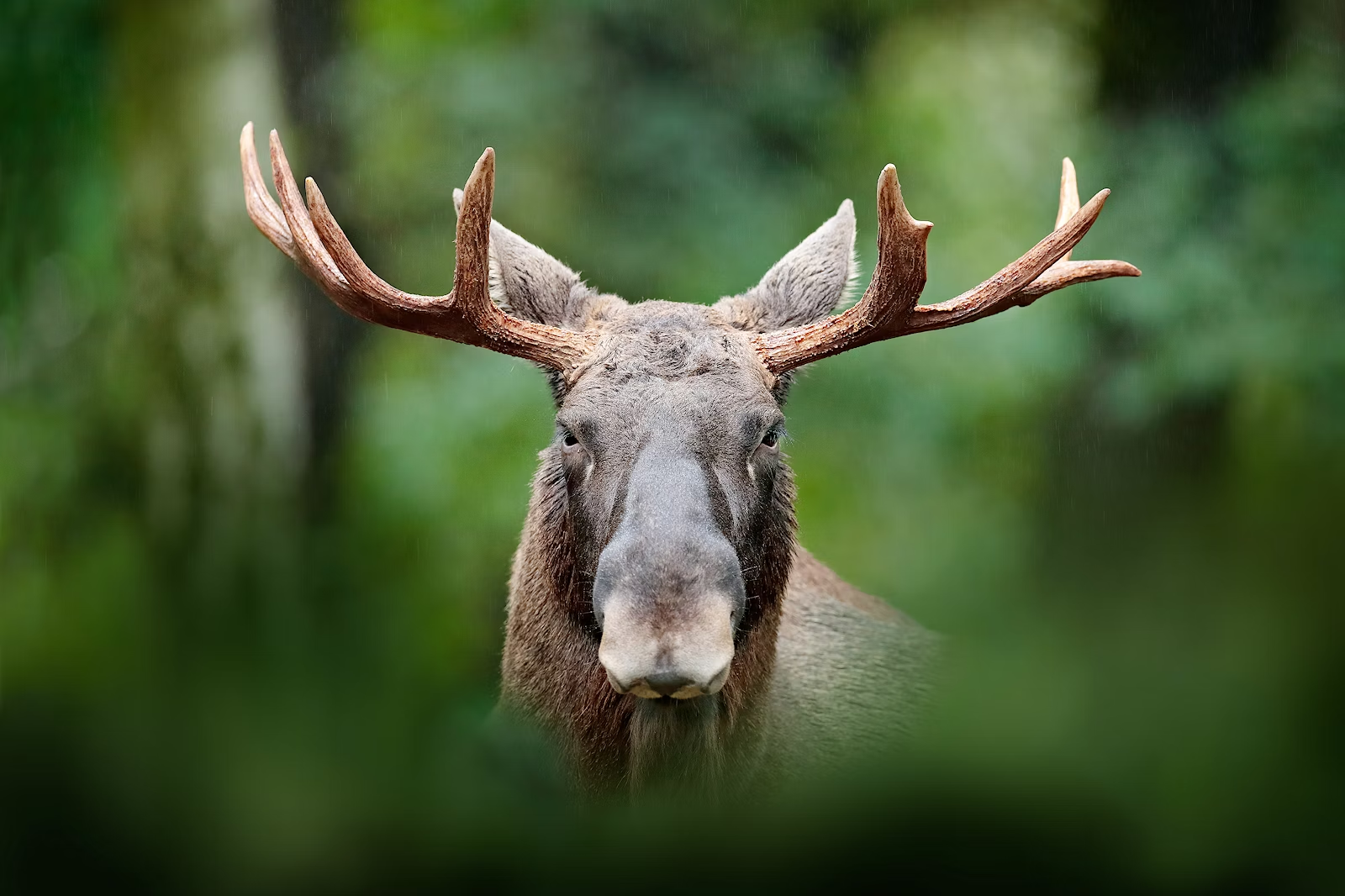
Can we have them in Britain?
Elk would need improved habitat before coming back to Britain, specifically, more woodland and wetland. They thrive in areas with seasonal snow cover and don’t tolerate temperatures above 27 degrees Celsius for long, as they can’t sweat and the fermentation arising from their digestion creates large amounts of heat.
In summary
- Key ecosystem engineer
- Strong semi-amphibious swimmer
- Likes woodlands, wetlands, grasslands
- Long legs, useful for deep snow and reaching higher leaves and twigs
- Closely related to the North American moose
